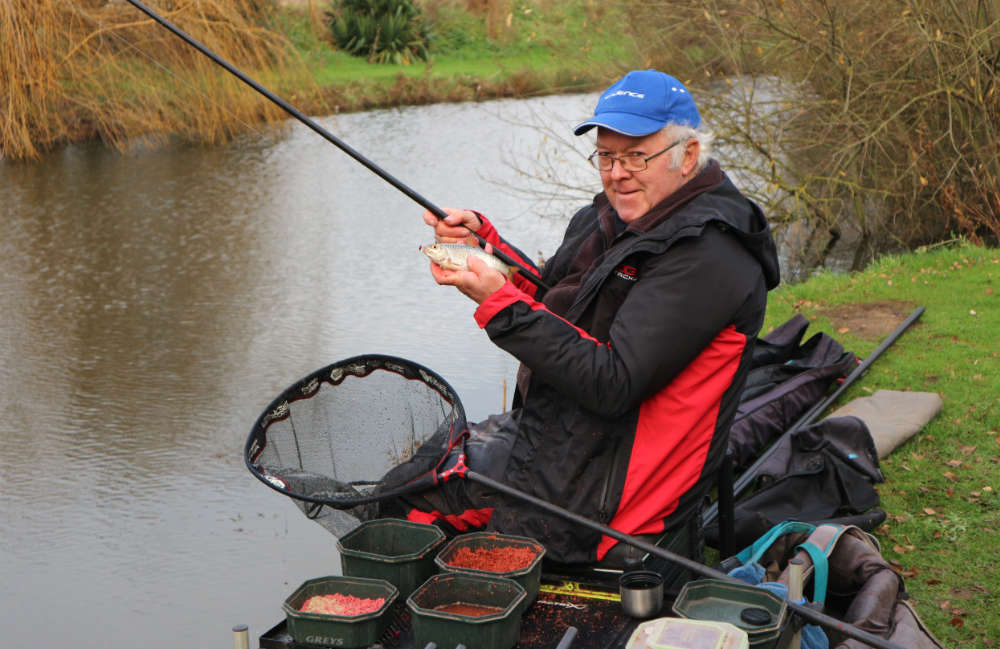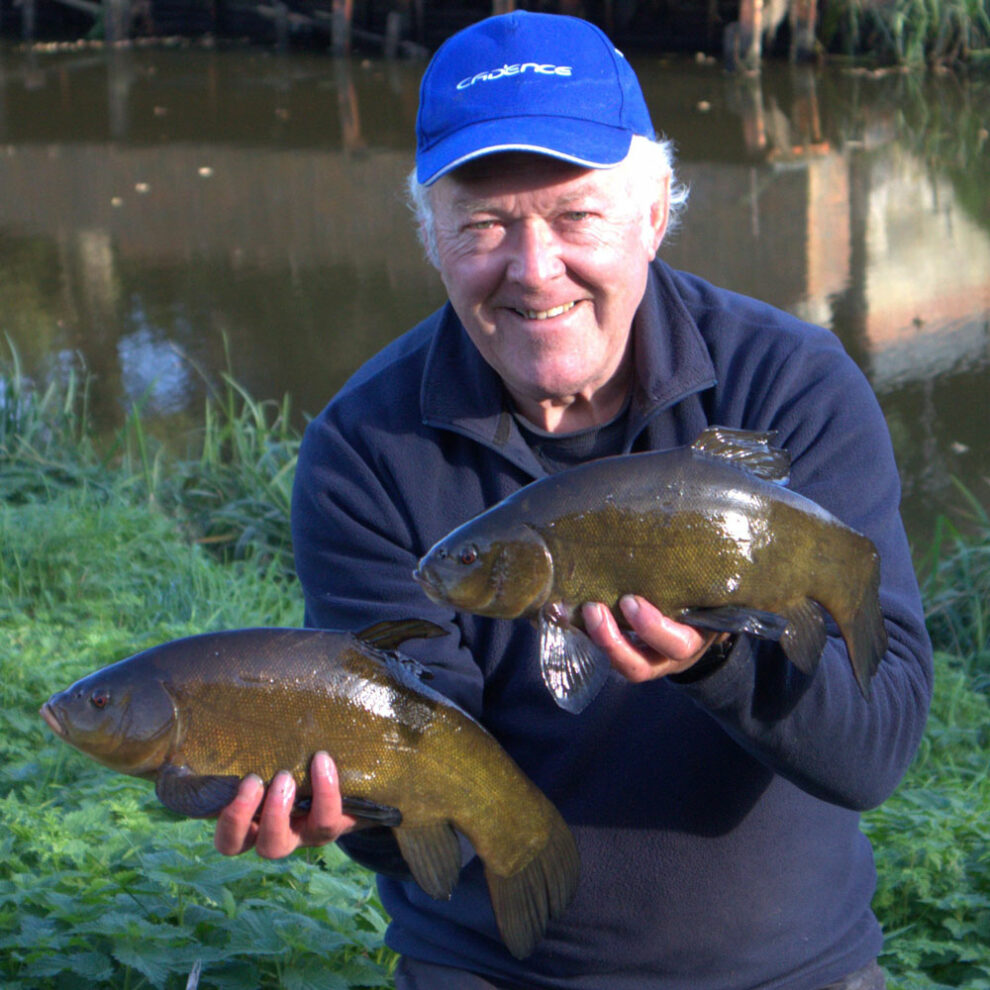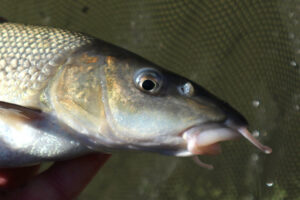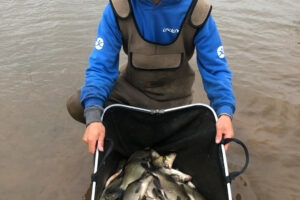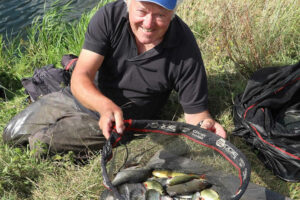Feature Peg
My first winter in the fens began with a few frosty mornings, but gales and heavy rain were the most dominant features. It was difficult to imagine how things would pan out after such hectic sport during summer and autumn. Local places like March and Benwick are renowned cold weather hotspots, visited by anglers from far and wide, but the nomadic shoals of fish can come and go in the blink of an eye. I returned to this bridge swim not knowing what to expect. I caught plenty here during balmy summer days, and the sheltered spot looked perfect to continue performing well. Nothing much seemed to have changed, apart from visibly less weed. Introducing groundbait activated small fish straight away, as happened previously. Furthermore, just like before, it wasn’t long before fizzes of small bubbles around my pole float signalled something big had turned up and was mooching about.
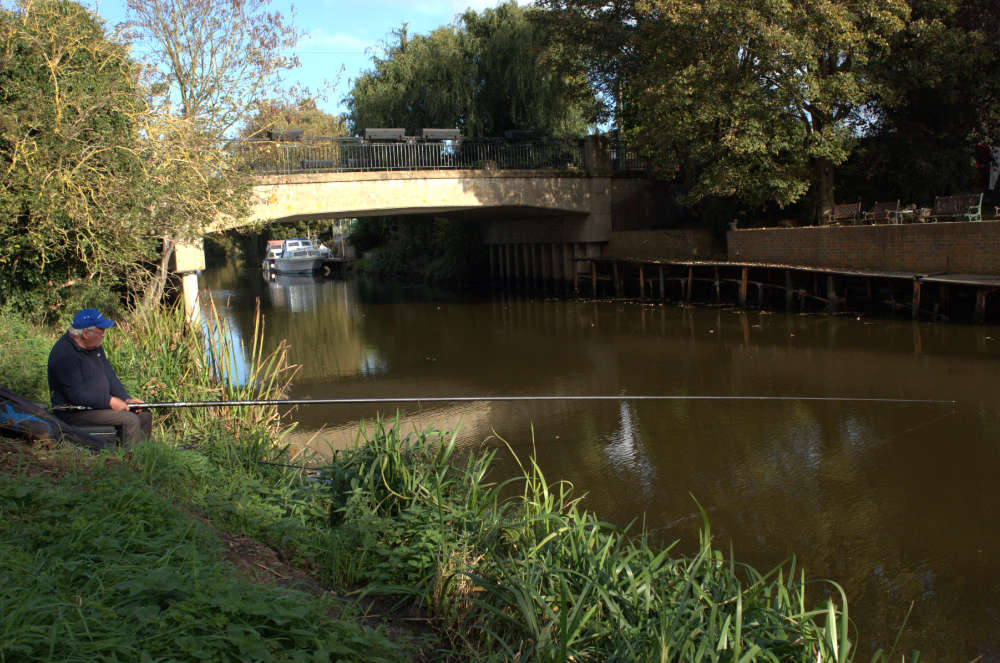
Tricky Customers
The first time my float shot away after being surrounded by a patch of pinprick bubbles, my top kit elastic shot out, with something weighty zigzagging about in the middle of the drain. Whatever it was collided with an unseen underwater obstruction, cleverly transferring my hook. It had all the hallmarks of being a tench. A pattern emerged where I had to put in another ball of groundbait to get the fizzers back. They would graze over it for a short time, then back away. Often, small fish would get to my hook bait first, thwarting my efforts to catch the bubblers. It turned into a game of cat and mouse. I eventually landed this brace of nice tench, but also experienced several more slipping the hook at various stages of the battle. This species can be frustrating at times, especially as winter draws in. They become picky, only feeding in fits and starts while drifting towards hibernation.
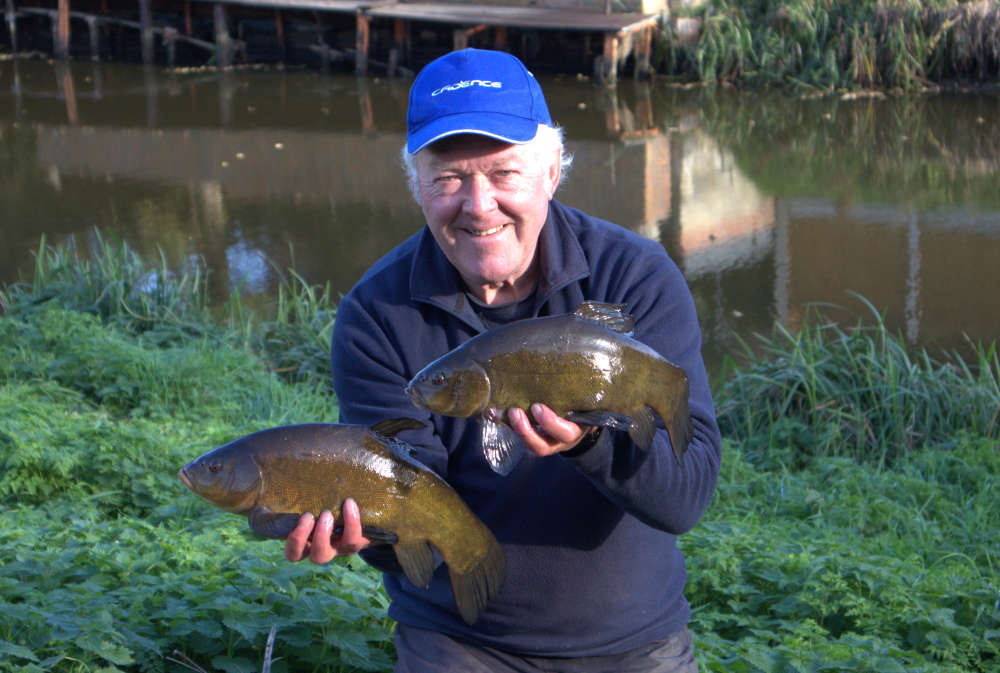
Match Time
The winter league matches kicked off in March, still boasting big attendances. I would have loved to have got involved, but the banks are awkward and steep. A decent platform and a lot of clambering about is required to get comfortable. I’m gradually sorting my gear for that, but a painful knee injury ruled me out this year. It was still enjoyable wandering the banks, meeting faces I haven’t seen for far too long. I was also treated to an in-depth rundown of all the pegs, including how to approach them, by a couple of very knowledgeable bankside runners. For once, I think I learnt a lot more by not fishing. The weights continued to be outstanding for such a small, canalised stretch of water. It’s basically a fish race, with all sorts of tactics to consider. You need whips and short-range pole rigs for speed purposes, along with reserve options, just in case the fish back off towards the far side.
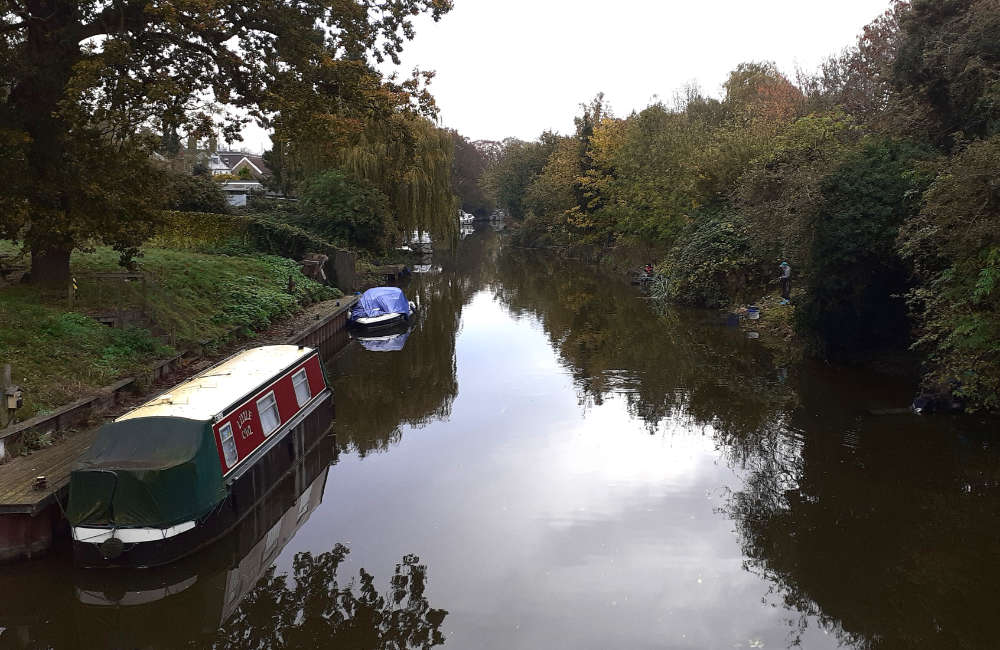
Something Different
On a previous trip to Manea Fisheries, I noticed an unusual looking lake. It was long and thin, with a huge reed bed down the middle. My brother-in-law Barry was visiting, so he sat on the sheltered side of the feature, while I braved the chilly wind on a far side corner peg. It was freezing cold, but the shallow water still held some colour, allowing us to experience plenty of bites. There was less depth where I was, so I had to work hard to keep fish coming. A couple of small and lively carp to begin with, then a flurry of rudd. Just as I was thinking of bagging up with silver fish, a weighty carp wrecked my peg for a while. I put that back because keepnets are only allowed for smaller stuff. I continued plugging away to try to put a fair catch together. Barry was doing better, finding a mix of various size carp, along with plenty of silvers, including odd skimmers and some decent roach.
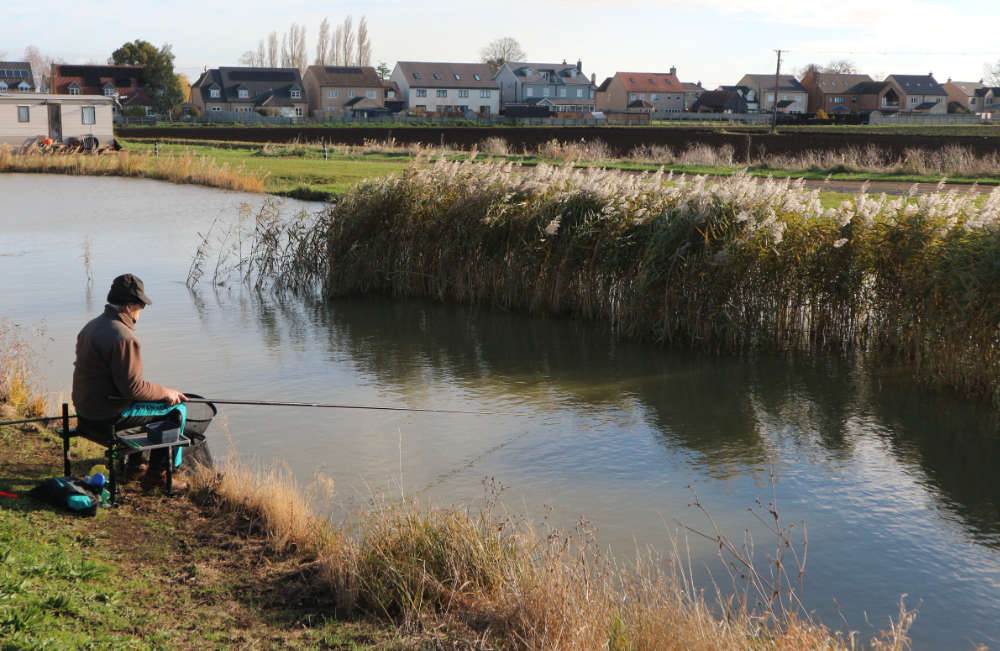
Danger Area
I was tempted to push a pole rig tighter into the big reed bed. There were plenty of signs of life there, but the wind was swirling all over the place. After accidentally snagging one of the stalks and discovering how tough it was, I decided to keep well away, working even harder to pull the fish into open water. I tried casters, thinking they might sort out better quality silvers, but the carp loved them. A single red maggot turned out better for catching a better assortment, including one or two cracking roach. A couple of lively commons tried hard to dive into the rushes, but I managed to stop them. They went straight back. I continued to try to unlock a way to find more silvers, coaxing things along with small doses of groundbait, not going too heavy to try to avoid the carp. But it hadn’t been cold for long enough for the latter species to shut up shop and give the silvers a proper look in.
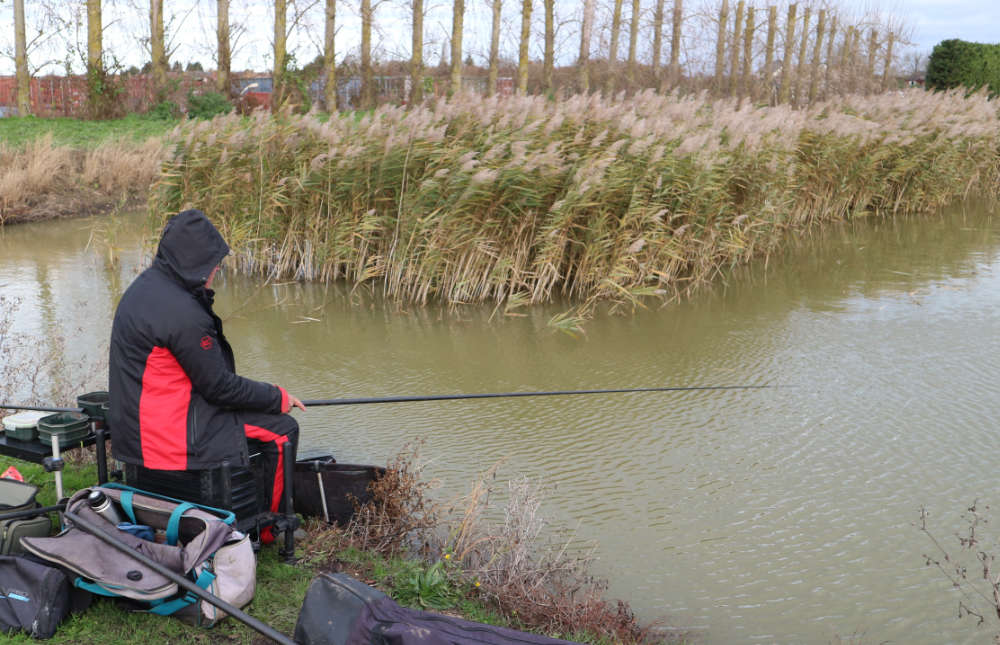
Strange Lakes
This place reminded me of another oddball venue over in Ireland that had a similar reed feature down its middle. That was at Lakeland Fishery in Roosky, where I won a match on a canal-like stillwater with a huge weight of tench. Unusually at the time for Ireland, it was also stocked with carp, which again loved taking your rigs into places where it was impossible to get them out. That made me drop short and concentrate on the tench, which I love catching anyway. Nothing like that today, but enjoyable just the same, with plenty of bites and a fair mixed catch. Another quirky lake I loved fishing was in Northumberland, weirdly called Blubbery. It was only an acre in size and surprisingly deep. When the owner let me fish it after laying idle for years, I quickly discovered it was alive with skimmers, roach, rudd, gudgeon, perch and hybrids, along with odd carp and tench.
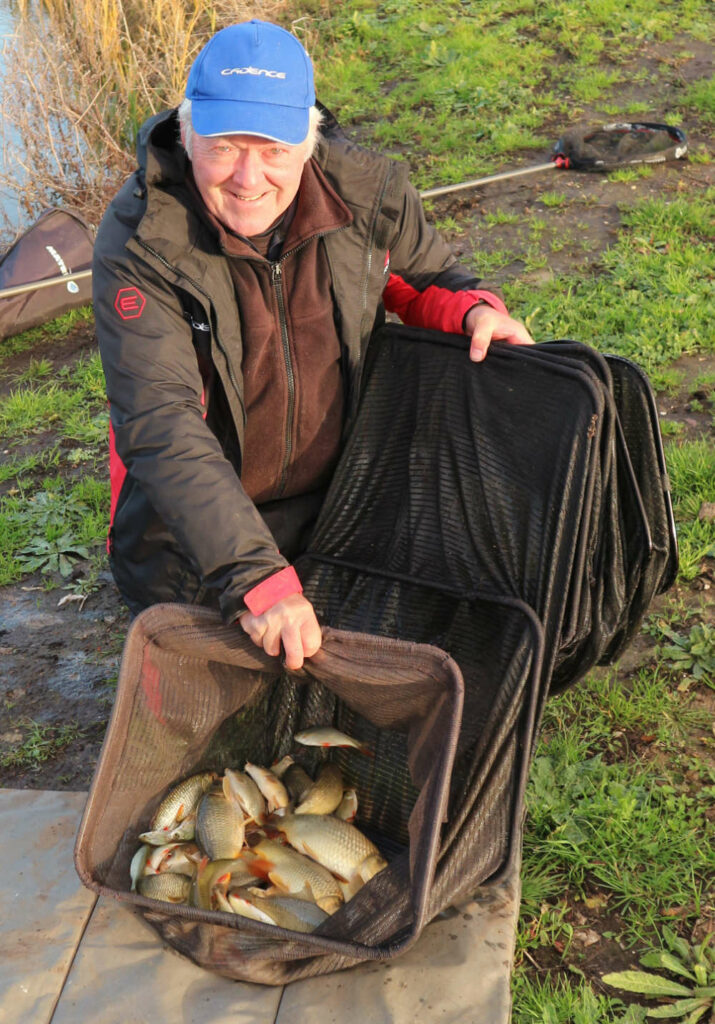
Another One
I decided to return to yet another unusual small lake, tucked away on the outskirts of March, after bagging an interesting 50-50 mix of carp and silvers there back in the Autumn. I thought the carp might have quietened down by now, allowing a chance to get at the quality roach the water undoubtedly holds. I tried a different swim, which had an island just like the last spot I fished. I didn’t push my pole rig too close to the feature, taking an open water route, which put me on roach straight away. Feeding small balls of dark groundbait laced with casters, a single red maggot on the hook close in, produced bites instantly from a string of small roach. I started with a strong rig, expecting to be interrupted by carp, but that didn’t happen, so I scaled down a bit. Even when using medium strength pole tackle, the roach kept coming. Keepnets aren’t allowed, so I kept count.
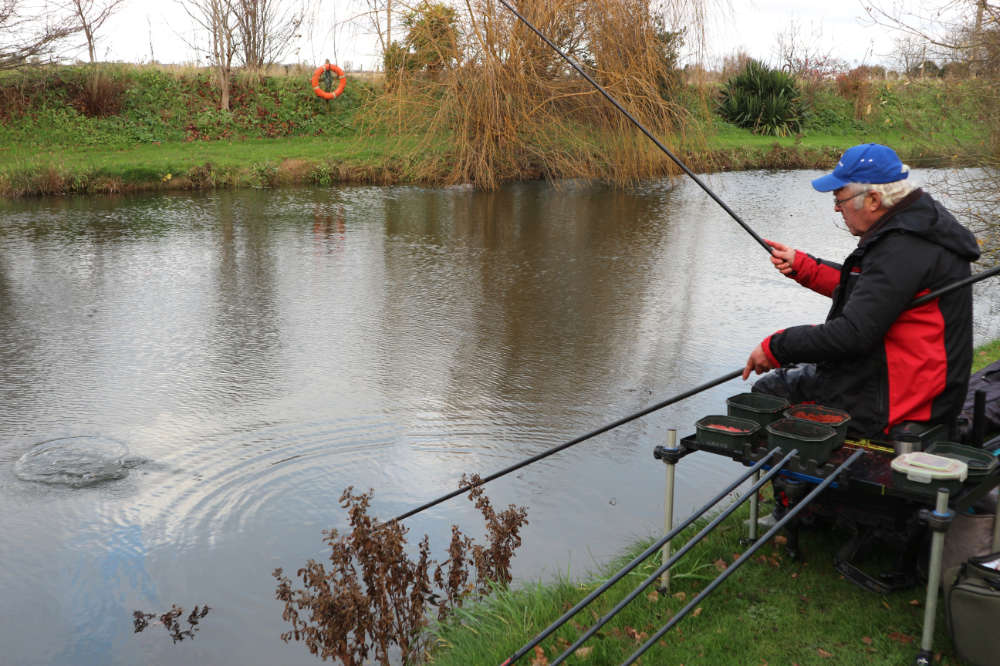
Carp Hotspot
Forever fascinated by small stillwaters, I’ve noticed carp shoal up in certain areas when it turns cold and then don’t tend to venture very far. The only way to catch these fish is to sit on them, whereas in the warmer months they can turn up anywhere. On this occasion, my mate Andy was also trying to target the silver fish, but was constantly being thwarted by bigger lumps, mainly commons and F1s. He was welcome to the nest of carp he had accidentally sat on. In the depths of winter, catching red fins is what I like to do, whether it’s on a drain, canal, lake, or river. I watched Andy for a while, admiring the way modern hybrid elastic makes pole rigs so more versatile. You can go surprisingly light to try and catch silvers, but still handle the bigger stuff when fish like carp barge their way in. Puller bungs make a difference too, of course, gaining better control with big fish on light gear.
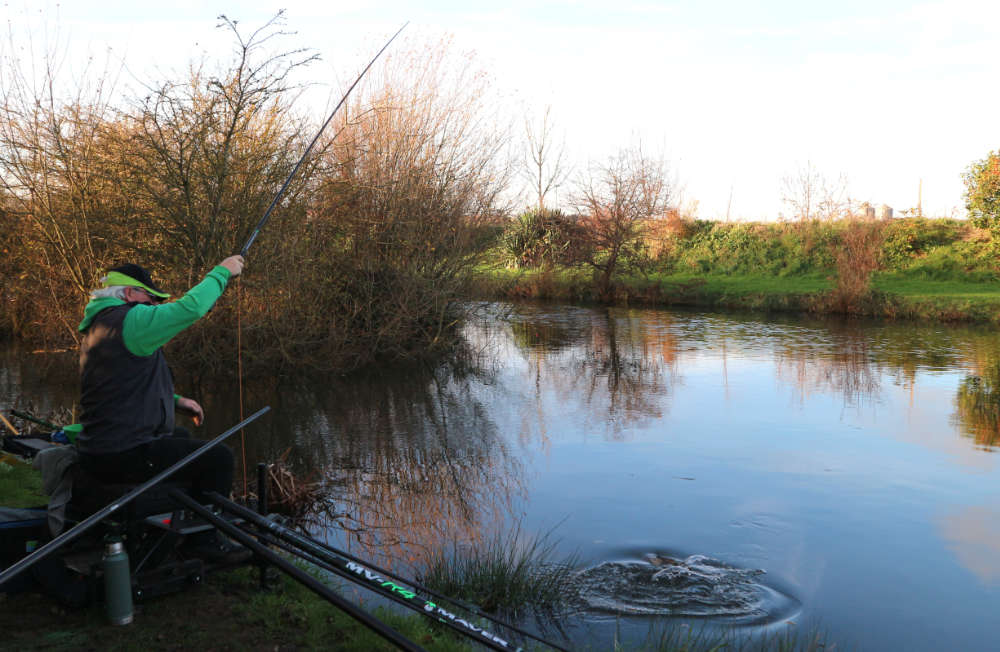
Staying Close
Over the years on fish-packed venues, I’ve learnt to keep things simple by taking a close in approach. Nothing can beat a short pole rig and feeding by hand. It’s a super fast and efficient method. In this instance, I used a top kit fitted with Edge Solid Hybrid Latex and a puller bung, just in case any carp were knocking about. The elastic was a 4-6 green, combined with a 0.12 mm hook length. A medium wire small size 16 hook completed the set-up with a light pole float. I also had a couple of spare pole sections close to hand, just in case I needed to follow anything big further out into the lake. I did hook one small carp early on, but then the more active roach and quite a few hand sizes skimmers dominated. A combination of small balls of groundbait and loose fed maggots kept bites coming every put in, with occasional bigger red fins in the 12oz range giving a good account of themselves.
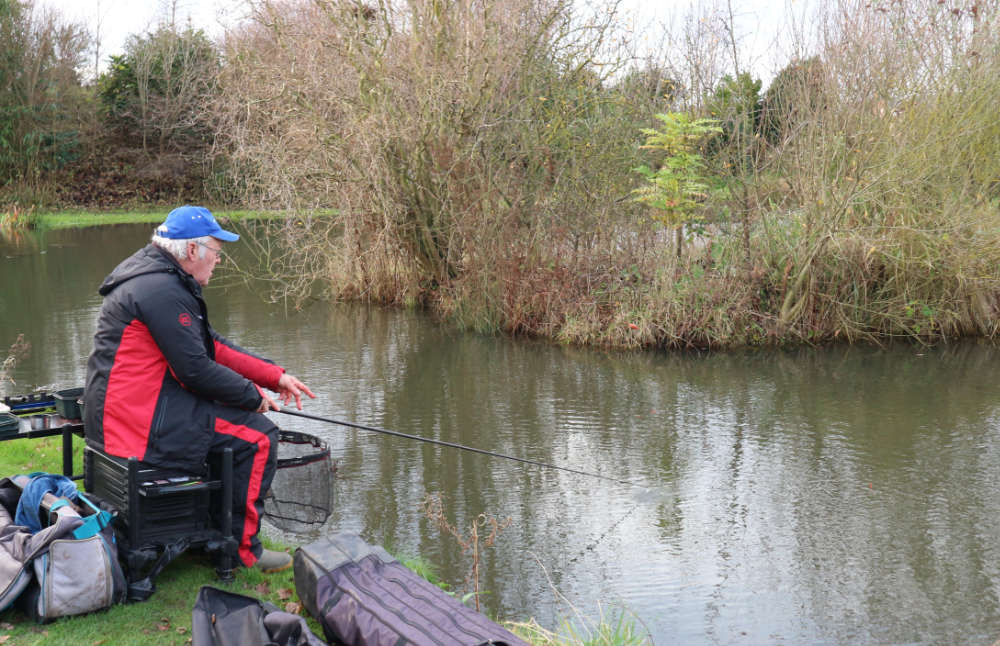
Special Float
This old 4×10 pole float has seen lots of action. I suddenly remembered it was the same design I used for that big haul of tench over in Ireland many years ago. It was now employed with a lighter set up. The tip has been repainted a few times, and otherwise this vintage model is built like a tank, combining incredible robustness with a sensitive enough nature to deal with shy biters. Not that that mattered this time around. Set at the exact depth to begin with, which was close to 5ft, the takes were positive. Using a slightly strung bulk of number 10s, with 3 spread 12s below, was giving a slow fall of the hook bait. On many occasions, it didn’t have a chance to get to the bottom, while if it did, the float still quickly went under. Some pole floats work perfectly for what you want, while other designs might need modifying in some way. I often change tips and stems, but no need with this model.
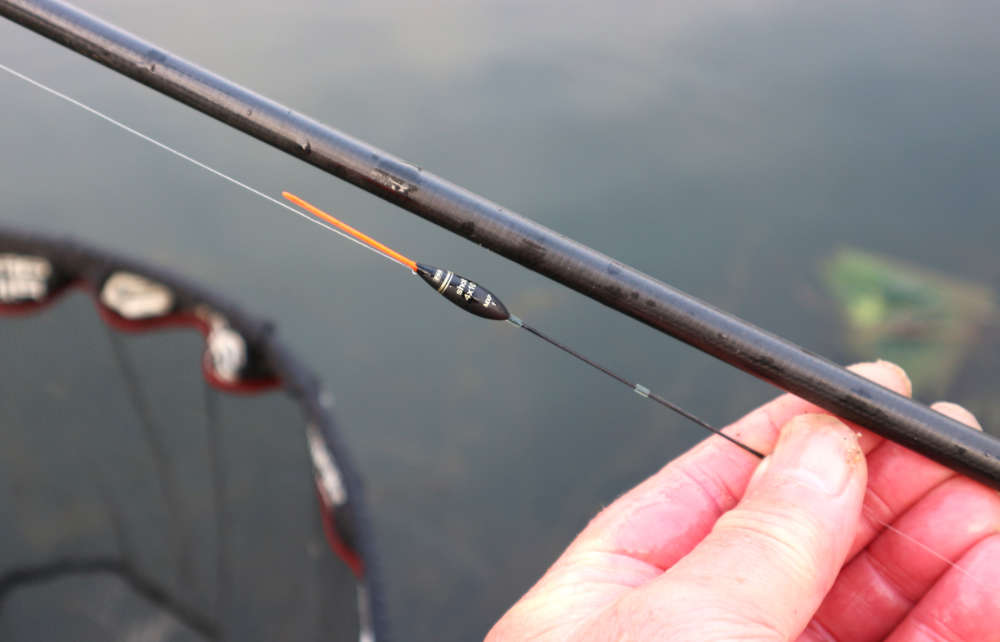
Shallowing Up
As the session progressed, on the odd occasion when my rig did manage to settle at full depth, bites took longer to develop. This told me the fish were competing higher up in the water for the soft groundbait and loose fed maggots I was regularly putting in. I shallowed up by 2 feet, spreading the number 10 bulk shot out shirt button style. This alteration made a huge difference, finding better quality roach, skimmers, and hybrids. The bigger fish were pushing the smaller stuff out of the way, meaning my landing net was getting used a lot more. When keepnets aren’t allowed it’s difficult to keep track of silver fish weights, but with a count of over 200 by this stage and samples like this turning up in quick succession, I must have put back at least 40lb. With just over an hour left, I decided to try to round my haul off when it reached the 300 mark. It was mad fishing for the time of year.
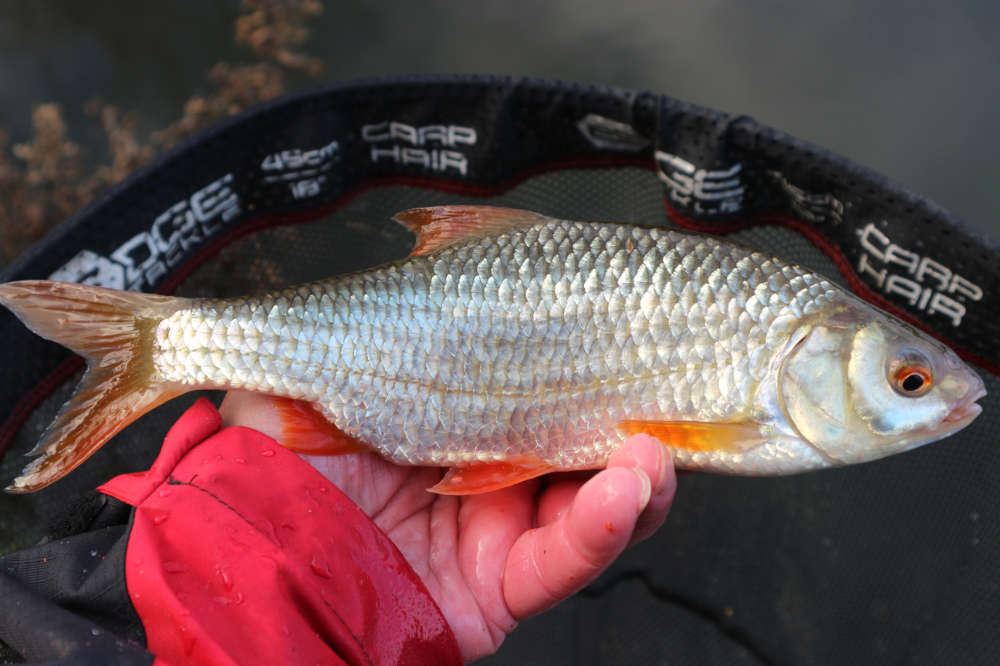
Switching Pays
There were occasions when small fish pushed back in, so I tried using casters for a while, which found decent roach but also slowed things down. I then gave hemp and tares a go, normally a banker bet to cut out any small stuff, but again it wasn’t quite right. Too many bumped fish and missed bites led me back to a simple maggot and groundbait attack. I upped the number of grubs going in every cast and that did the trick, turning the last 40 minutes of the session into non-stop action. Most fish were netters with some roach, skimmers, and hybrids close to the pound mark, along with plenty of 4oz to 10oz fish. No more interruptions from carp, while Andy was catching plenty of them a few pegs away. I reached my 300 target with plenty of time to spare. Another top winter day out. While I have loads more fens to explore, I certainly won’t be ignoring any more small lakes I discover.
